Squash plant, lebanese white bush, summer squash Stock Photo 61659897

squash flower Squash Flowers, Squash Plant, Lake County, County Fair
White Acorn Squash. White acorn squash's skins can be creamy white or pale yellow. It is a medium-sized squash with an oval shape and furrowed ridges. The skin is smooth and firm. You may know it under the name of Pepper Squash: this fruit is perfect for sweet and savory dishes. Plus, it is rich in nutrients, including vitamins and minerals.
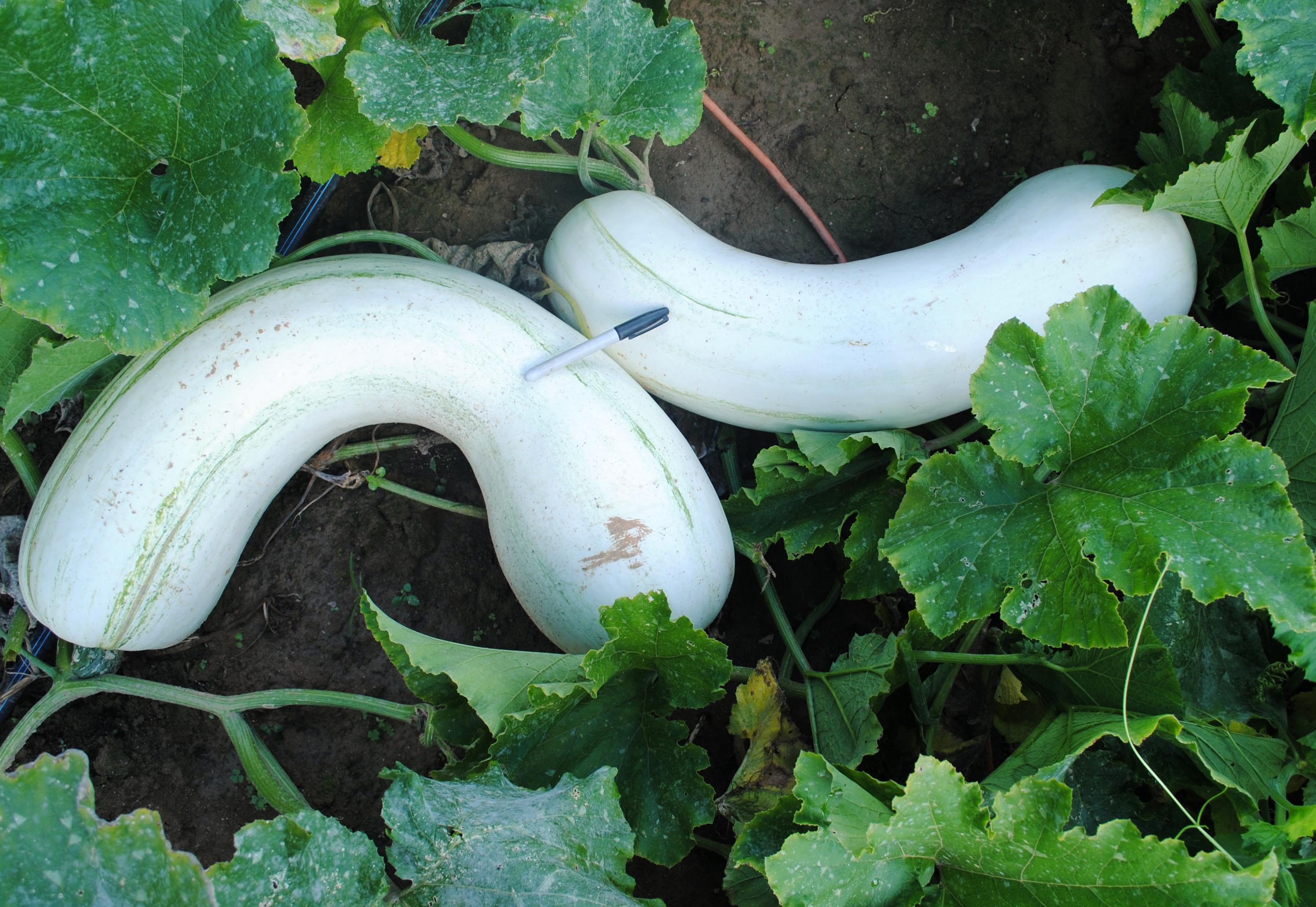
Illinois (White Crookneck Pumpkin) Winter Squash, 4 g Southern
Trim infected leaves with clean pruning shears, which slows the fungus' spread. Spray affected squash plants with horticultural oil, fungicidal oil, or even neem oil, at the first symptoms of powdery mildew growth. Reapply your oil treatment at 10-day intervals to get rid of powdery mildew. Don't apply oil if temperatures reach over 90.
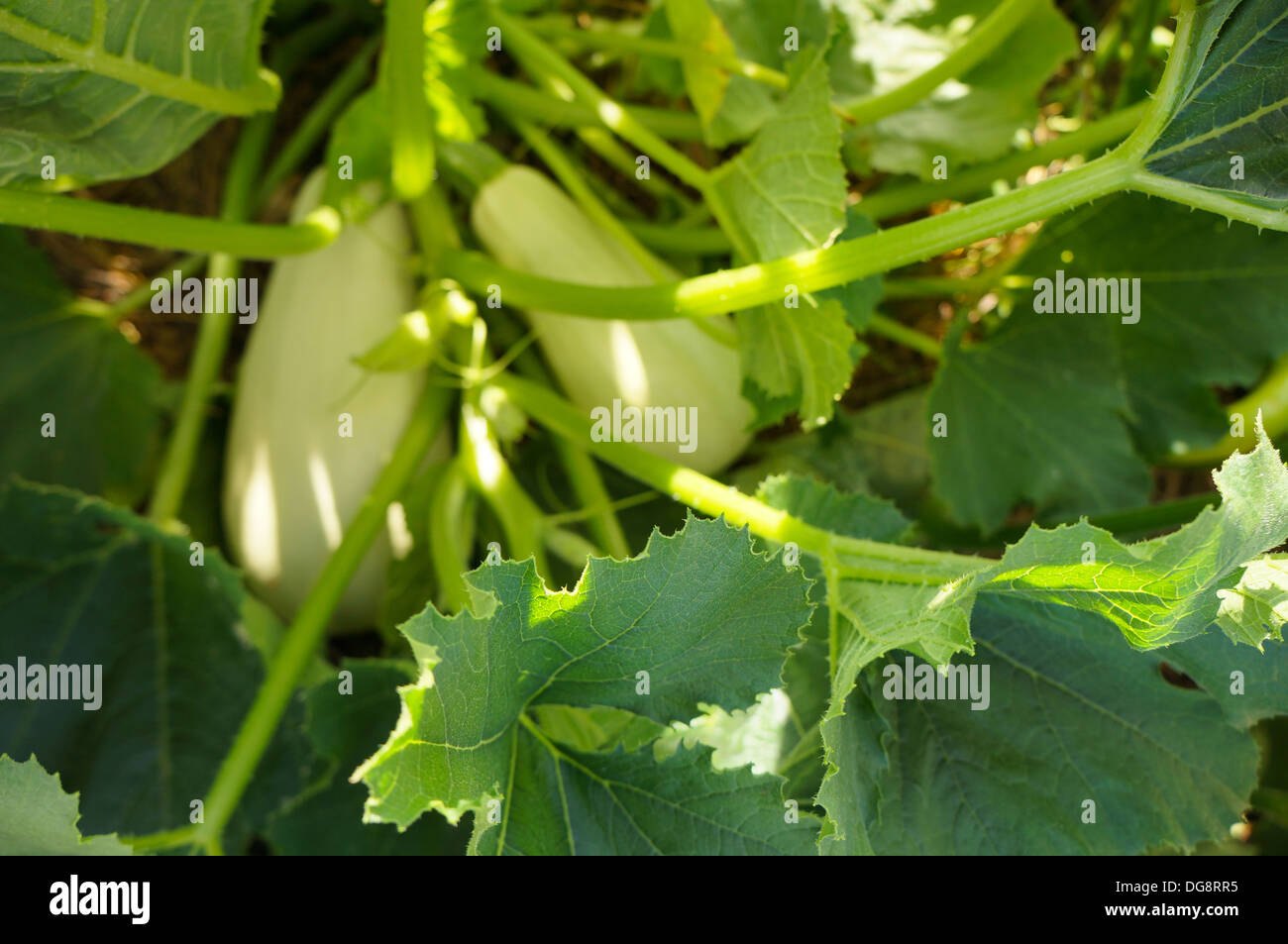
Squash plant, lebanese white bush, summer squash Stock Photo 61659897
The ideal soil for growing a winter squash plant is fertile, well-draining, and rich, with a pH between 5.5-7.0 on a probe gauge. Amend garden beds with up to 50% aged manure or compost at planting time to give them a good start, and improve drainage and available nutrients.

Give squash flowers a hand
How to Harvest Squash Blossoms. In the middle of the day, when your squash plant's blossoms are open, use a sharp, clean knife to remove squash blossoms from their stems, cutting the stems one inch below the blossoms. Slice off male squash blossoms, and leave a few inches of stem for new flowers to grow from. Slice the female flowers off.

Squash flower Squash flowers, Plants, Flowers
Winter squash varieties are in vine form. So plan accordingly if you are growing a vine. Vines need to be planted about 8-12 feet apart. Plus, almost all squash are fully matured and ready for harvest in 60 days. 4. Water and Fertilize. The final step to planting squash is to water regularly and consistently.

Yellow squash flower Squash flowers, Yellow flowers, Squash plant
Planting: To get a jump on the season, start summer and winter squashes indoors 3-4 weeks before the last frost. Sow squash outdoors or set out seedlings when the soil temperature reaches 70ºF (21ºC). Sow seed ½ inch-1 inch (13mm-2.5 cm) deep. Thin successful plants to 36 inches (90 cm) apart in all directions.
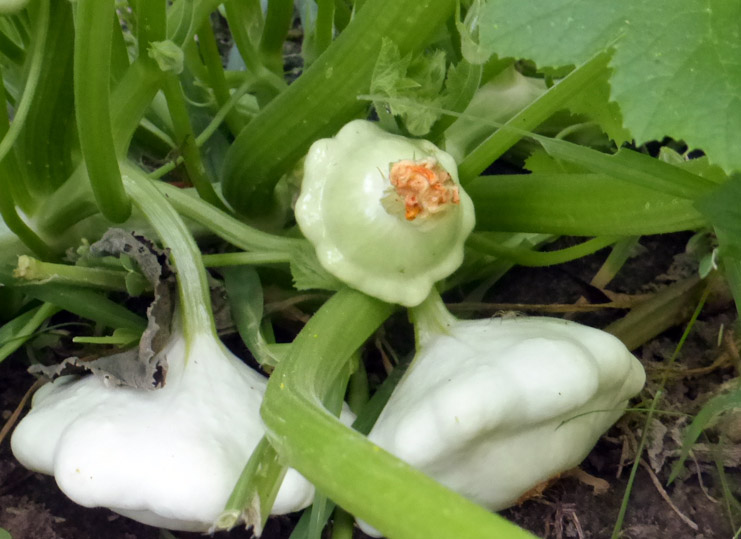
Early White Bush Scallop Summer Squash, 3 g Southern Exposure Seed
Information on Picking Squash Blossoms. Flowers from summer squash, zucchini, late-season pumpkins, and winter squash make tasty garnishes or even side dishes. The plants produce both male and female flowers, with a higher population of them male. The female blossoms will become the fruit so in order to preserve your harvest, it is best to pick the male blooms.

Early White Squash Seeds GreenMyLife All About Gardens
Squash is a staple of summer home gardens across the country for good reason: Squash is easy to grow and tastes great grilled, baked, roasted, boiled and in soups.Check out these recipes that incorporate several squash varieties into tasty dishes. You can even add squash blossoms to the menu.. The many varieties of squash are separated into two basic groups — summer and winter.

White Squash Fresh Generation Foods
Moschata. It has smooth leaves often mottled. Have rounded flowers. Its stem has 5 sides and is flared where it connects with squash. The ripe fruit of this type is tan. Immature flowers are light green, dark green, or buff. The fruit grows up to 30 pounds. The fruit shape is elongated, blocky, or necked.
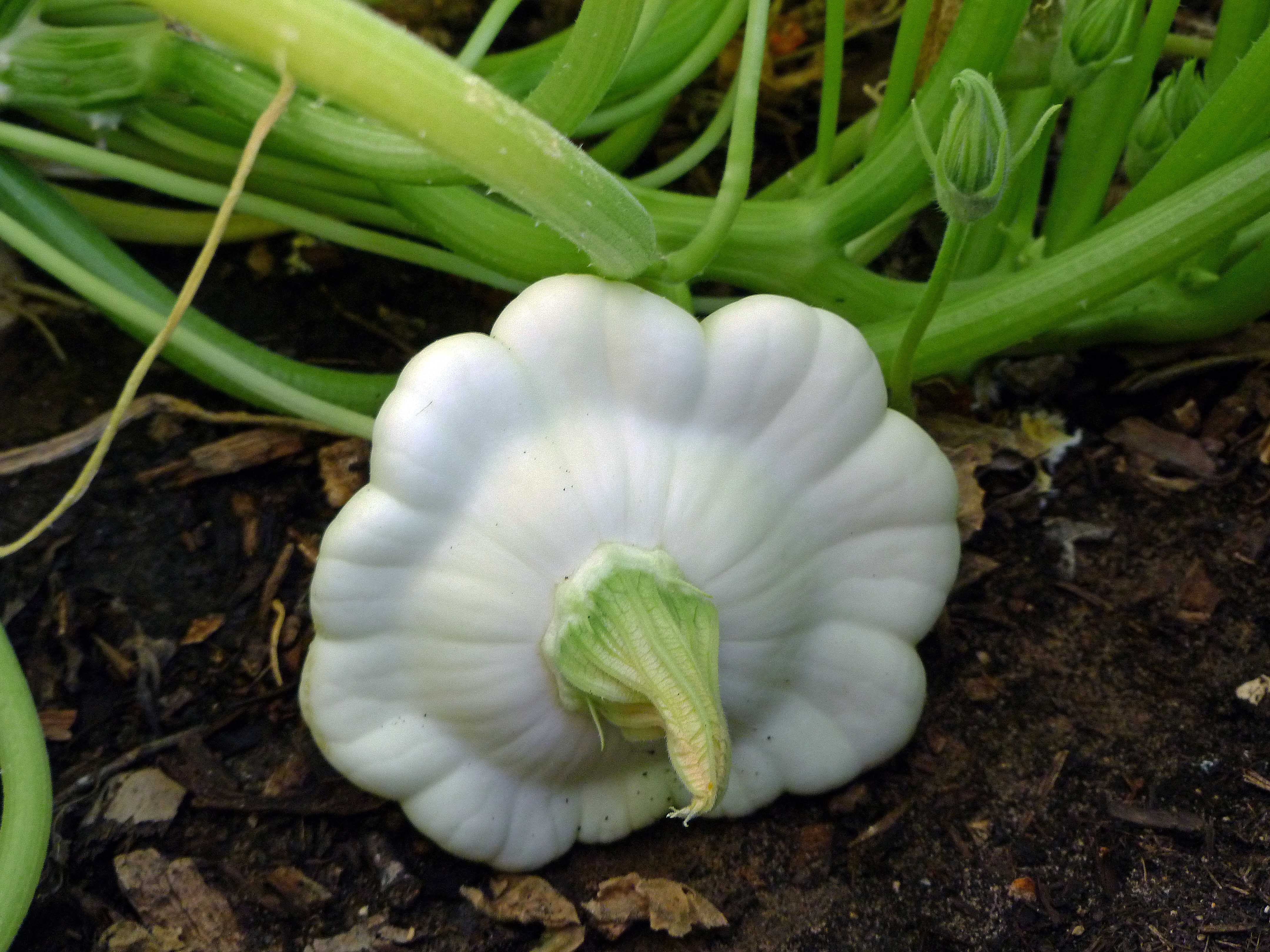
White Squash Centex Cooks
Squash blossoms are also sometimes called zucchini flowers, but they can come from any summer or even winter squashes. They are the edible flowers of the squash plant and usually come in yellow and orange shades. Squash blossoms are soft, delicate, and taste mildly like the squash itself. They are available late spring to early fall.

Squash flowers, Love garden, Garden bloggers
Space the hills 2 to 3 feet apart, place two to three seeds per hill, and plant them about 1 inch deep. Each hill can be thinned to one or two plants once the seedlings are 2 to 3 inches tall. If planting in rows, space plants around 10 inches apart, with 3 feet between rows. Give your plants plenty of room to grow.
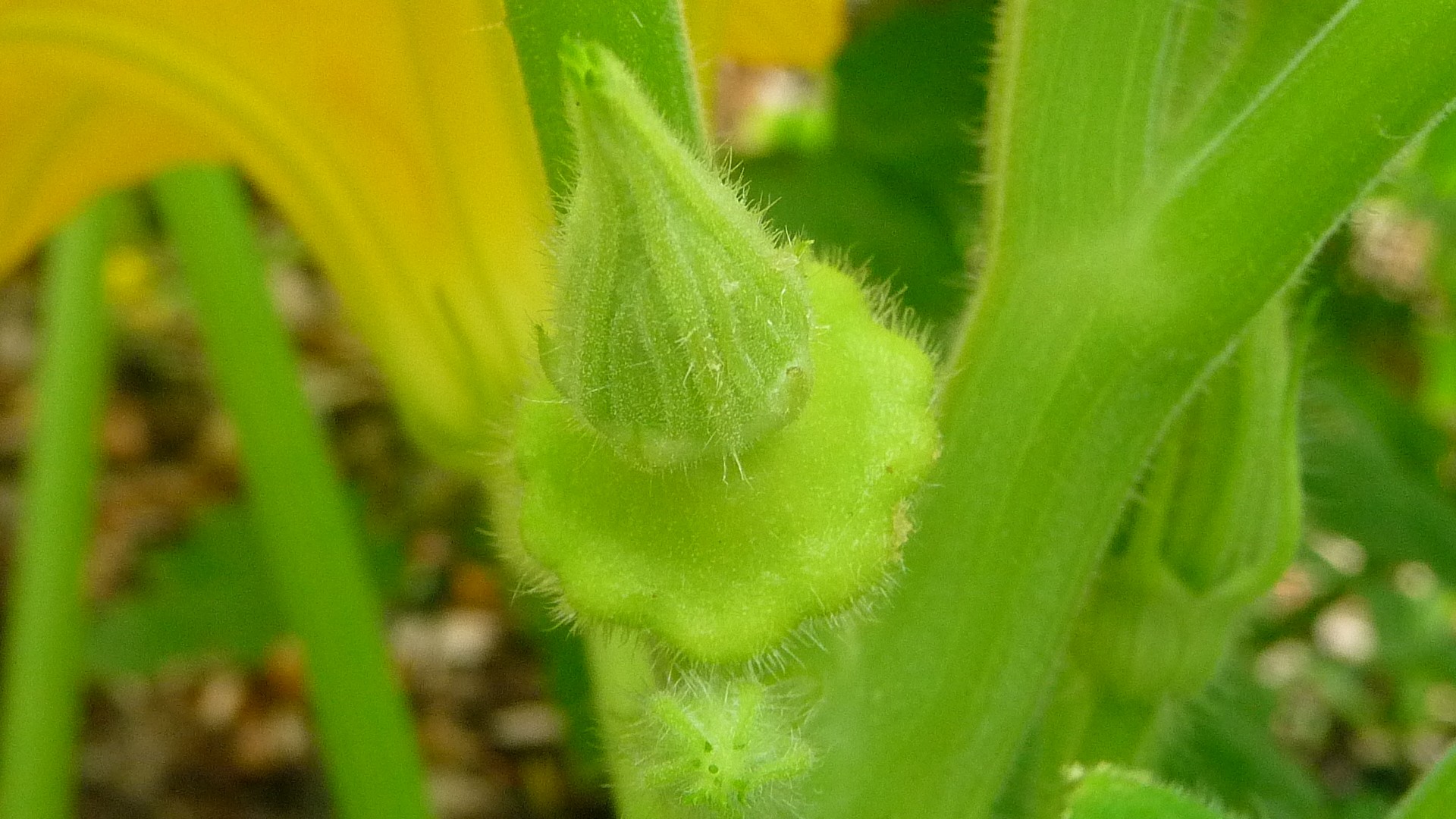
Edit free photo of Pattypan squash,button squash,squash,plants,plant
Summer Squash: These, on the other hand, have more tender skins and do not store for as long. Think zucchini and yellow squash. - Types of Summer Squash -. Banana Squash. Chayote Squash. Cousa Squash. Crookneck Squash. Delicata squash. Fortune Squash.
White Squash dinner my Barbarian Table
White Acorn Squash. The White Acorn Squash is a versatile winter squash that is great for a variety of uses. It is a long-storage variety, meaning that it will last for several months after harvest. It contains 9 grams of fiber per cup and is high in vitamins C and B vitamins. It also contains provitamin A, which helps fight disease.

Planted squash back in March or April. No luck with any actual produce
White spots on squash plants are usually caused by powdery mildew, a fungus that thrives in warm, humid conditions. Start planting resistant squash varieties to control the spread of powdery mildew. If powdery mildew does appear, avoid wetting the leaves when you water your plants. Water early in the day so the leaves have time to dry before.
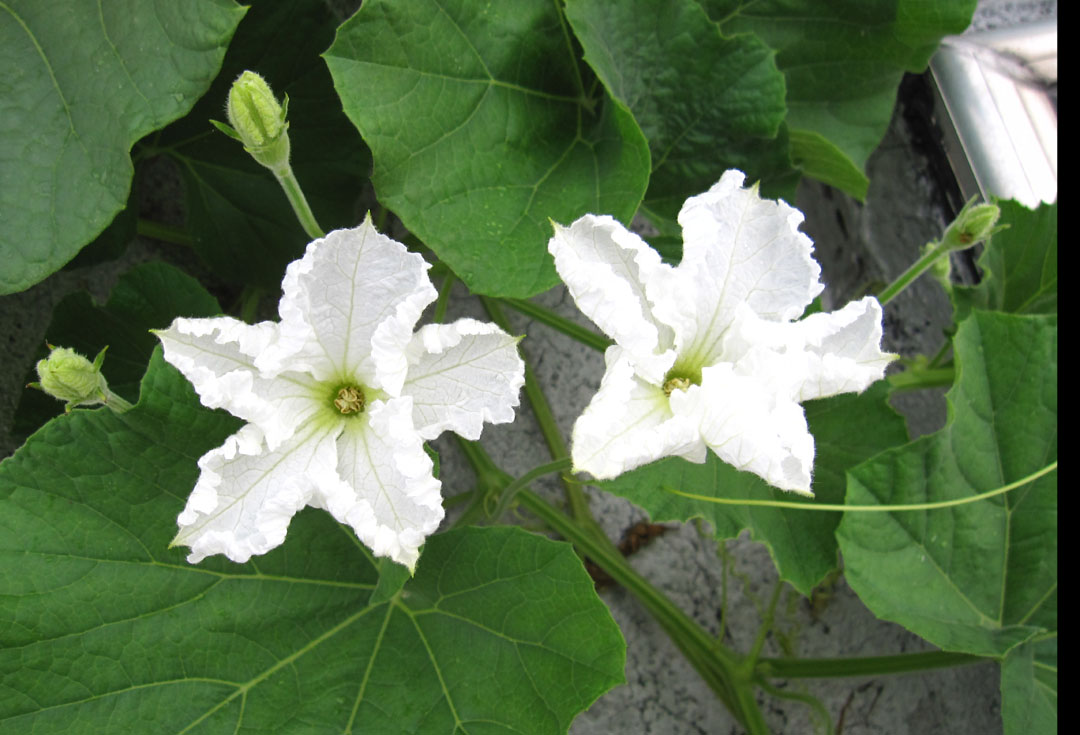
66 Square Feet (Plus) Up on the farm
Rich In Essential Nutrients. White squash belongs to the cucurbit family, covering dark green healthy plants like cucumbers, pumpkins, and melons. It can support you with a balanced diet, including fats, carbohydrates, fibers, proteins, vitamin B, vitamin B6, magnesium, and potassium.

Squash blossom Squash Blossom, Flower Pictures, Fruit, Flowers, Plants
Scallop squash or patty pans should be grown in full sun, in rich, well-draining soil. Once the danger of frost has passed in your area, these little squash can be directly sown into the garden. They are usually planted in groups with two or three seeds per hill and spaced 2 to 3 feet (61-91 cm.) apart. Thin them to one or two plants per hill.